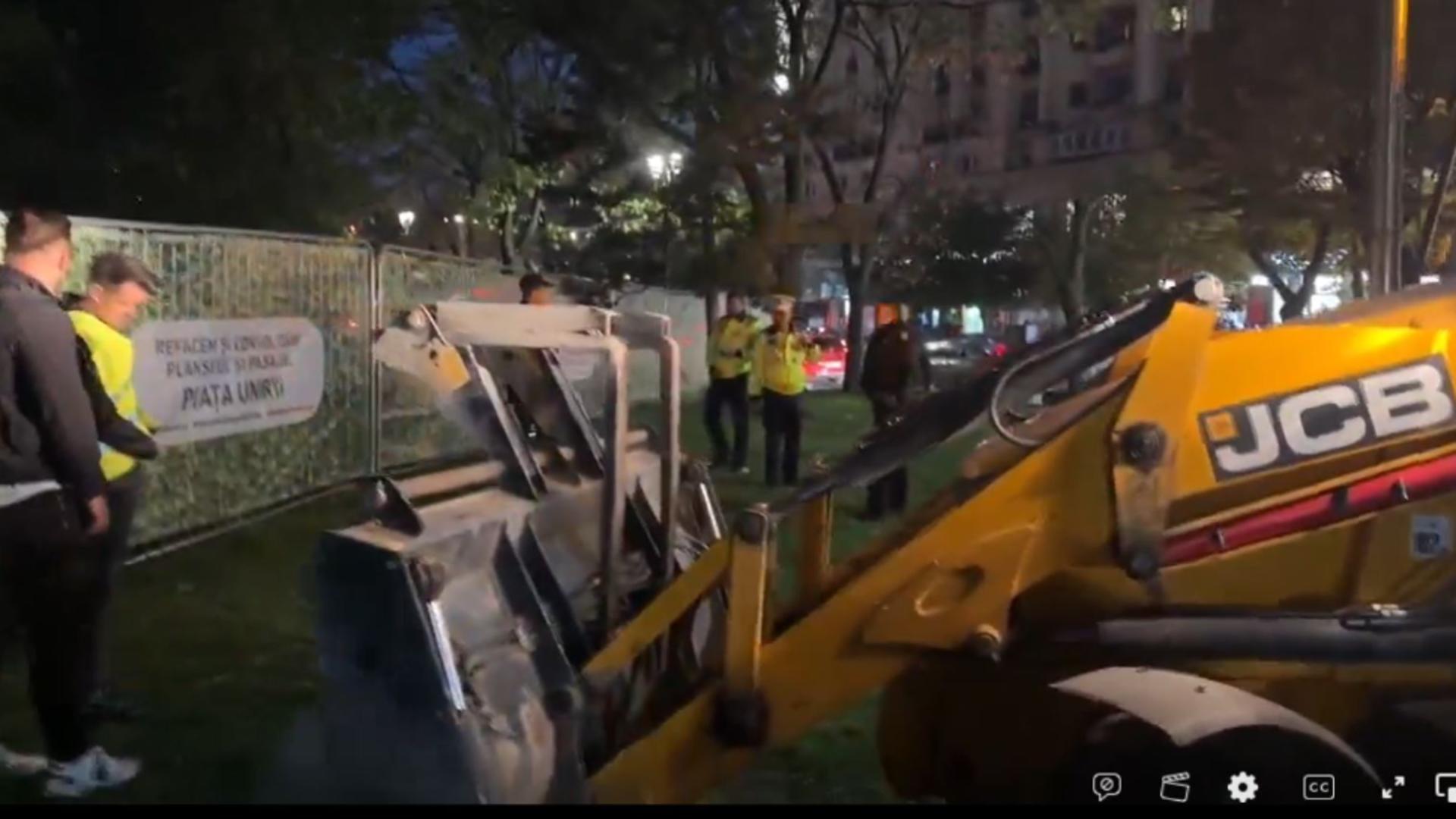By Jarret Liotta, Contributing Writer
With an aim to protect, maintain and potentially expand wildlife habitat from Griffith Park to Topanga, two ballot measures are asking property owners throughout those regions to again help carry the cost of conservation.
The Mountains Recreation and Conservation Authority (MRCA), authorized under both state and county governments, hopes to raise money for open space protection, park ranger patrols and fire prevention services on more than 2,925 acres under its auspices, because it has no permanent funding in place.
Ballot Measure GG
Ballot Measure GG would impact about 1,075 acres of open space west of the Sepulveda Pass including Encino, Tarzana and Woodland Hills, resulting in a $38 annual special tax to all homeowners and other improved-property owners in that region, estimated to total $614,000 annually. Tarzana and Woodland Hills, resulting in a $38
Ballot Measure H
Measure H would apply to about 1,850 acres of open space in hillside areas east of the 405 Freeway in the Santa Monica Mountains and include the Hollywood Hills and Griffith Park. It would result in a $65 annual special tax on homeowners and other “improved-property owners” estimated to total $1,857,000 annually.
“We’re trying to take care of the parks we have there and trying to buy and secure more land as time goes on,” explained Paul Edelman, chief of natural resources and planning for the MRCA, as well as deputy director of the Santa Monica Mountains Conservancy (SMMC).
The SMMC is a state agency working in conjunction with MRCA, which also works alongside two local groups — the Conejo Recreation and Park District and the Rancho Simi Recreation and Park District.
“The measure will stay in effect for 15 years, with all funds exclusive to the use of the MRCA,” Edelman said, with a citizens’ oversight committee and annual audits.
“Undeveloped properties don’t pay the tax,” he said, and low-income property owners can receive an exemption.
According to the text in both of the two ballot measures, “Unlike most public agencies, the MRCA does not receive permanent funding from local, state or federal sources.”
In 2016 voters approved a similar tax for the same purpose, but Edelman said it expires in two years. Those measures currently account for a $35 annual tax on qualified property owners east of the 405 Freeway, and $15 tax on those to the west.
Edelman said about 30,000 property owners are impacted on the east side of the 405, and about 18,000 property owners west of the 405.
“The Hillside Federation strongly supports both measures,” said Marian Dodge, chair of the Federation of Hillside and Canyon Associations, which includes dozens of neighborhood groups throughout the Santa Monica Mountains.
She said the federation has heard no opposition from residents and the contributions the MRCA offers are substantial, including maintenance of the scenic overlooks along Mulholland Drive, patrols, and brush clearance to abate fire risk.
“The work of the MRCA is critical to the preservation of open space and wildlife connectivity in the Santa Monica Mountains,” Dodge said. “They purchase vacant lots and create easements that assure that our wildlife will be able to move across the mountains, which is key to maintaining genetic diversity in the animal population.”
“Having a mountain range run through the middle of an urban area is a huge asset (and) residents understand the benefits of protecting and expanding open space,” she said.
Edelman, too, wants people to appreciate the importance of their work.
“I think people really should understand how much we do in terms of the park rangers and the fire division and the acquisitions,” he said.
“We pretty much are the only local public agency managing open space in these areas, so we’ve got to deal with doing the brush clearing around the properties we own,” he said, and, “We have to have our sworn park rangers to patrol and make sure that everything is safe.”
Most notable for Edelman is the work done to preserve and expand natural habitats that support bobcats, coyotes, deer, foxes and mountain lions.
MRCA focuses on acquiring land that it protects from development, allowing the organization to create habitat interconnectivity for miles — from Griffith Park on the east to Woodland Hills on the west, and beyond.
He described the hills east of the 405, home to many upscale homes, a huge and popular park, and Hollywood Reservoir, as “probably the most interesting study in the whole world for habitat interconnectivity.” He hopes more empty private properties can be purchased to expand the wildlife corridors.
“A lot of our effort goes to not only adding to the habitat areas, but really, really, really working on a parcel-by-parcel … basis to make sure that the connection to the habitat linkage remains,” Edelman explained.
While there are scores of undeveloped parcels on both sides of the 405, he said, there are three large pieces the MRCA is looking at next to the east of the freeway. Even with the extra funding from the two ballot measures, Edelman said, “more would likely be sought through grants and private donations in order to acquire the costly land.”
Related Articles
Is the Constitution threatening democracy? Former UCI law dean argues it is
Donald Trump rallies near Coachella though he’s almost certain to lose California
Thousands flock to see Donald Trump rally near Coachella
Five candidates are competing for two seats on the San Fernando City Council
In Congressional District 27, Garcia and Whitesides in tight race for House seat
With a dedicated source of funding in place, he said the pre-acquisition work can get underway.
“It’s pretty safe to say that without these measures, the land acquisition in these (areas) would come to a staggering halt,” he said.
He warned that, “They’re never making new land, so the total area available for animals is continuouslyshrinking” but MRCA has made strides fostering the wildlife habitat, evidenced by the increasing number of some animals including bobcats.
“We’ve prevented ecosystem collapse by making sure that we bought properties that are key connectors,” he said. Development in the hills is lucrative and Edelman says, “What people are willing to do on hillside lots will make your jaw drop, so it’s a real battle to try and stay ahead.”
Related links
Wildlife district: City Hall aims to save the big cats in LA’s metropolis
The iconic sound of coyotes yipping in L.A. reminds us they’re here to stay
Not just crossings, but also fencing, helps save wildlife from being roadkill
Plan is unveiled to balance environment and recreation at huge Sepulveda Basin
Construction of the Wallis Annenberg Wildlife Crossing over the 101 Freeway is apace



























